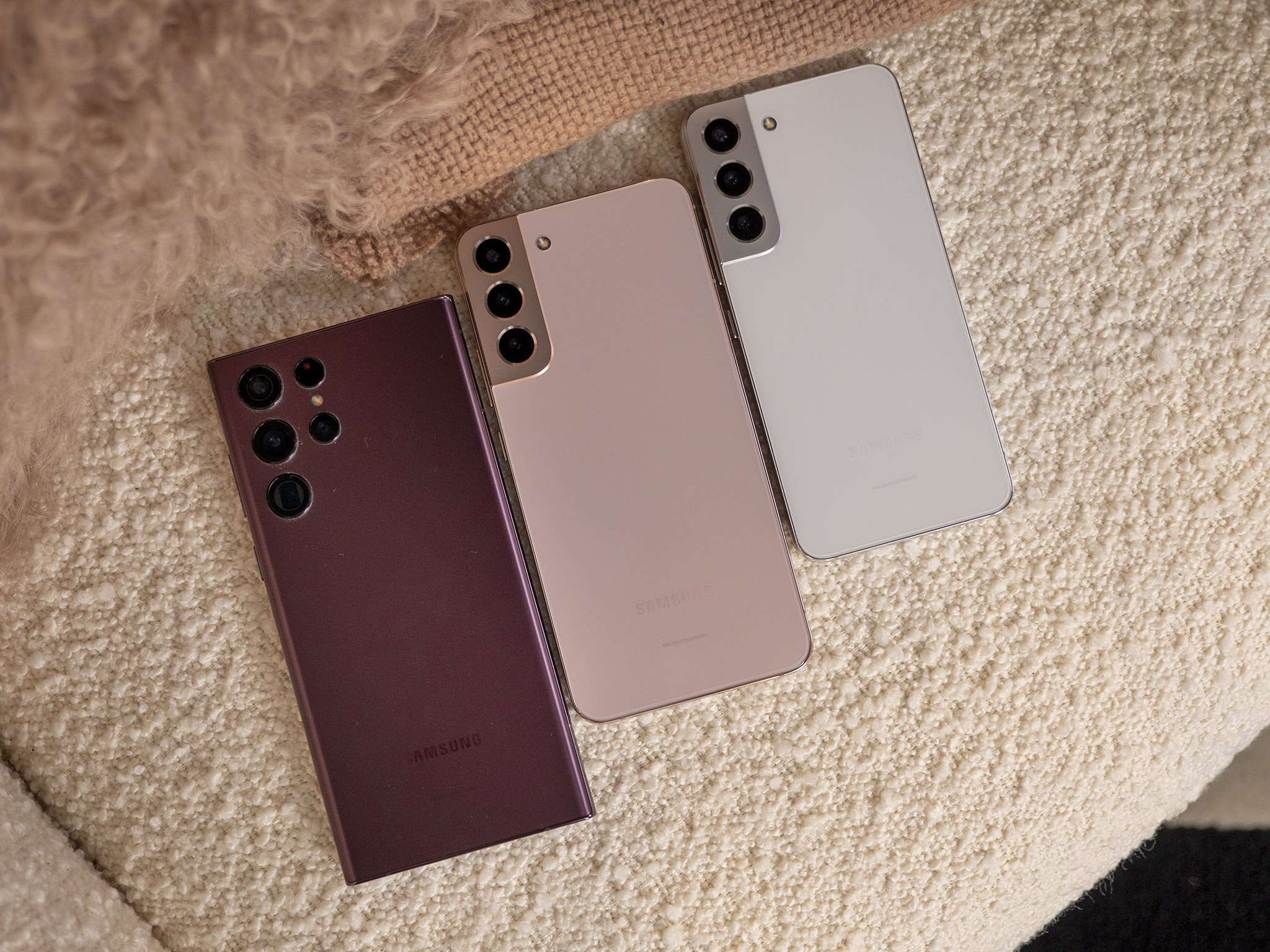Galaxy S22 buyers in India will get Qualcomm’s latest chipset instead of the Exynos 2200.

It’s official: The Galaxy S22 series will be powered by Qualcomm’s latest 4nm Snapdragon 8 Gen 1 in India. Ahead of the launch, some leaks hinted at this, which Samsung confirmed in a blog post.
This is obviously a huge deal, as Samsung has only launched the Exynos variant of its phones in the country for the past seven years. An example of where it’s off course is the 5G variant of the Galaxy S20 FE, which offers the Snapdragon 865. Samsung originally launched the S20 FE without 5G connectivity, and that model runs the Exynos 990. But in March 2021, the South Korean manufacturer launched a 5G model with a Qualcomm chipset, sparking another wave of interest in the device.
Samsung is the only Android maker to use a dual-source strategy for its flagships, and it continues to do so because the model is especially effective for the brand. It keeps Qualcomm versions for North America and South Korea, but other global markets get Exynos-powered models. However, that is changing with the launch of the Galaxy S22 series, with Samsung launching Qualcomm-powered variants in more markets.
Samsung hasn’t given up on dual-source mode. Its Qualcomm positioning is more strategic.
In addition to India, Samsung also launched the Qualcomm-based Galaxy S22 in the UAE (we’ll have to wait for availability in other markets to find out which regions are getting the Qualcomm version). That said, Samsung will continue to offer the Exynos 2200-based Galaxy S22 in most parts of the world, including the UK, Germany, France, and the rest of Europe.
Samsung’s reasons for making changes in specific countries are understandable. These markets have mostly tech-savvy user bases, and they don’t necessarily generate significant sales for Samsung in the premium category. While more than 80 million mobile phones are sold in India each year, the premium segment (over $600) is only a tiny fraction.
It will only account for 4% of the overall market in 2021, and this is after a year of huge growth in premium phones, doubling the category’s market share. So we’re looking for a potential market below 3 million where Apple dominates sales with some margin. The situation is similar in the UAE, where Samsung’s addressable market in the premium segment is less than 2.5 million, although its share of premium phones is higher.
So Samsung won’t have much to lose by bringing its latest Qualcomm-based flagship to India and the UAE. If anything, it could see a sizable jump in sales figures for the S21 series last year, especially given that these markets have always had a strong Galaxy Note series user base. The Galaxy S22 Ultra is essentially the Note 20 Ultra’s successor, and the fact that it runs Snapdragon 8 Gen 1 makes it one of the best Android phones of the year and an obvious upgrade path for Note 20 owners in the region.

What interests me is that Samsung has not launched the Galaxy S21 FE version with Snapdragon 888 in these countries. In a pre-launch product briefing, Samsung executives pointed to the positive feedback on the Exynos 2100-based S21 series as the main reason for continuing to use the Exynos chip, and that the S21 FE has significantly higher potential than the S22 series in terms of sales figures.
Having used all of Samsung’s Exynos-powered flagships starting with the Galaxy S6 series, the lack of consistent performance has been the defining characteristic of the Exynos lineup over the past seven years. Samsung’s ambitious plan to create a custom CPU that could compete with Qualcomm and Apple fizzled, and the Exynos 990 in the Galaxy S20 was a low point for the range — it had a tendency to heat up, so it had to keep throttling it. That’s why Samsung uses off-the-shelf Arm cores starting with the Exynos 2100.
Ironically, Samsung changed its strategy this year, finally addressing many of the underlying issues with its Exynos design. The Exynos 2200 is Samsung’s first design in collaboration with AMD, and it brings many exciting features including ray tracing and variable rate shading. Qualcomm has had a clear advantage in this area over the past decade, but the Exynos 2200 looks like a formidable challenger in many areas.
I’d love to get the Exynos 2200 based Galaxy S22 Ultra, but I think I’ll have to settle for the Snapdragon 8 Gen 1 version. Jokes aside, though, Samsung would be wise to target Qualcomm-based flagships in those countries. This won’t lead to a significant uptick in global sales of the Galaxy S series, but Samsung will get a lot of goodwill, and it can always use more.
Samsung Galaxy S22 Ultra

Pre-order at Samsung India
The Galaxy S22 Ultra has all the hardware features you’d want in 2022, and it comes with an integrated stylus with less lag than on the Note 20 series. Combine that with the fact that it’s powered by the Snapdragon 8 Gen 1, and you’ve got a great phone.

Leave a Reply